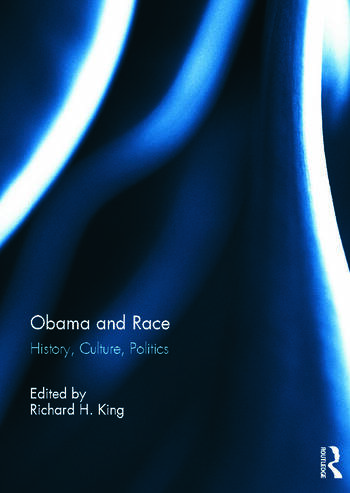“May she read liberty in your eyes?” Beecher, Boucicault and the Representation and Display of Antebellum Women’s Racially Indeterminate BodiesPosted in Articles, Religion, Slavery, United States, Women on 2012-07-17 04:39Z by Steven |
Journal of Dramatic Theory and Criticism
Volume 26, Number 2, Spring 2012
pages. 127-144
DOI: 10.1353/dtc.2012.0007
Lisa Merrill, Professor of Speech Communication, Rhetoric, Performance Studies
Hofstra University, Hempstead, New York
Prelude
In 1856 Reverend Henry Ward Beecher, an avid abolitionist, first used the pulpit of his Brooklyn church as the site from which he staged mock slave auctions of young biracial enslaved girls. Beecher enacted several such performances in the lead-up to the Civil War. Appealing to his congregation at Plymouth Church (the basement of which functioned as the “Grand Central Depot” of the Underground Railroad), Beecher banked on his congregation’s empathy, and enacted what his wife later described as “an object lesson in Southern slavery . . . so that everybody could see what slave-dealing really meant, and might be stirred to help pay for the liberation of the victims of a system that was sanctioned by American law, but condemned by the law of God.”
At the same time that Beecher staged his “mock slave auctions” of actual enslaved girls, however, images of enslaved and fugitive African Americans occupied different places in the social imaginary of mid-nineteenth-century Americans and Britons. Audiences encountered representations of the plight of enslaved Black Americans in the contexts of the popular theatre (where they were portrayed by white actors), or the abolition platform where fugitive and free African Americans shared narratives of their escape. While crafting their appeals explicitly to provoke the emotional response of their audiences, abolitionists like Beecher often expressed ambivalent relationships to theatricality and those tools of performance deemed appropriate to the stage venues, rather than speakers’ platforms.
In the first section of this essay I examine Beecher’s staging of “mock auctions,” his use of his church for their setting, his embodiment of the role of the minister as both liberator and “salesman” (of faith, of redemption, of human beings), and the problematics of framing appeals to audience empathy through the performative display of enslaved young women, despite Beecher’s avowed abolitionist intentions. In the second section I explore a conflict that I have discovered was played out in the New York press between the fervidly antitheatre Beecher and playwright Dion Boucicault—a conflict in which sympathy for actors and slaves vied for advocacy and in which the feelings aroused in the actual and conceptual spaces of the pulpit and the stage were laid bare for scrutiny. In the third section I examine Boucicault’s play The Octoroon and disparate responses to this play and to its racially-indeterminate enslaved heroine by theatre audiences.
Henry Ward Beecher: Staging and Seeing Mock Slave Auctions
In an article published in 1896, nine years after Beecher’s death, Beecher’s widow Eunice recounted the first mock slave auction her husband staged in Plymouth Church. As Eunice Beecher recalled, “on Sunday morning of June 1, 1856 . . . at eight o’clock people began gathering by the hundreds in front of the church . . . every available foot of space was occupied, and thousands were outside, unable to gain admission.” At the conclusion of the sermon, Beecher announced to his congregation that two weeks earlier he learned “that a young woman had been sold by her father to be sent South—for what purpose you can imagine when you see her.” As Beecher enjoined his audience to contemplate the horrors to which “Sarah” would be subject, he informed them that the slave trader who bought Sarah for twelve hundred dollars “has offered you the opportunity of purchasing her freedom.”
At this point, Beecher invited Sarah up to the pulpit, “so that all may see you.” Thus, the largely white, pro-abolitionist congregation was presented with the opportunity to observe for themselves the actual body and plight of a young enslaved girl whose fate they might have a personal hand in alleviating. Yet, as I will explore further, Beecher’s invitation to his congregation that they “see” Sarah for themselves, as well as “bid” on her, illustrated what Saidiya Hartman has described as “the precariousness of empathy and the uncertain line between the…
Read or purchase the article here.







